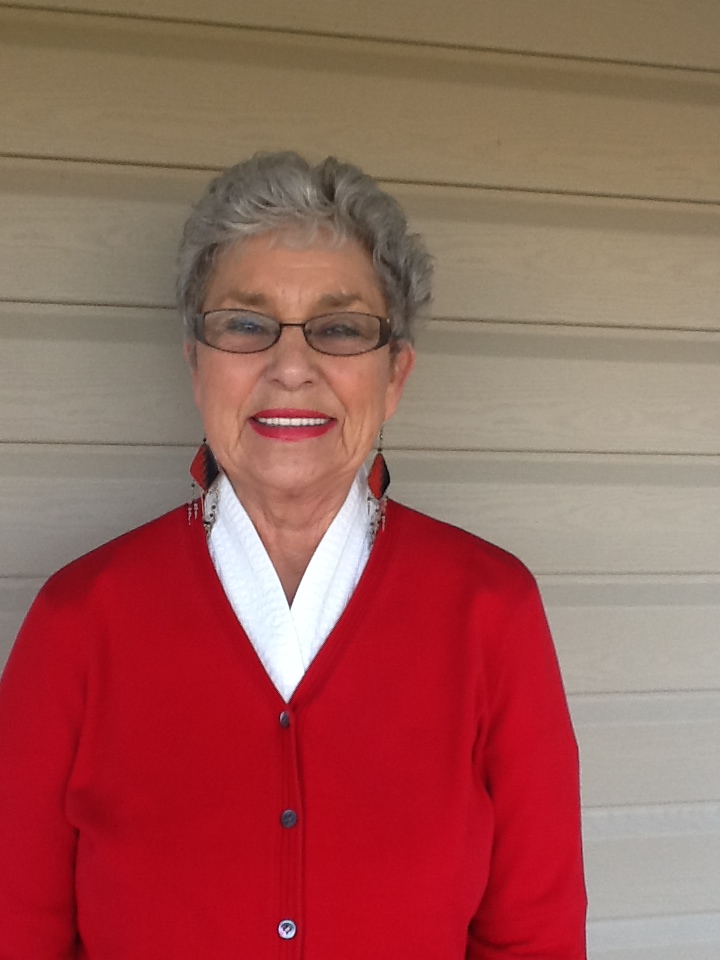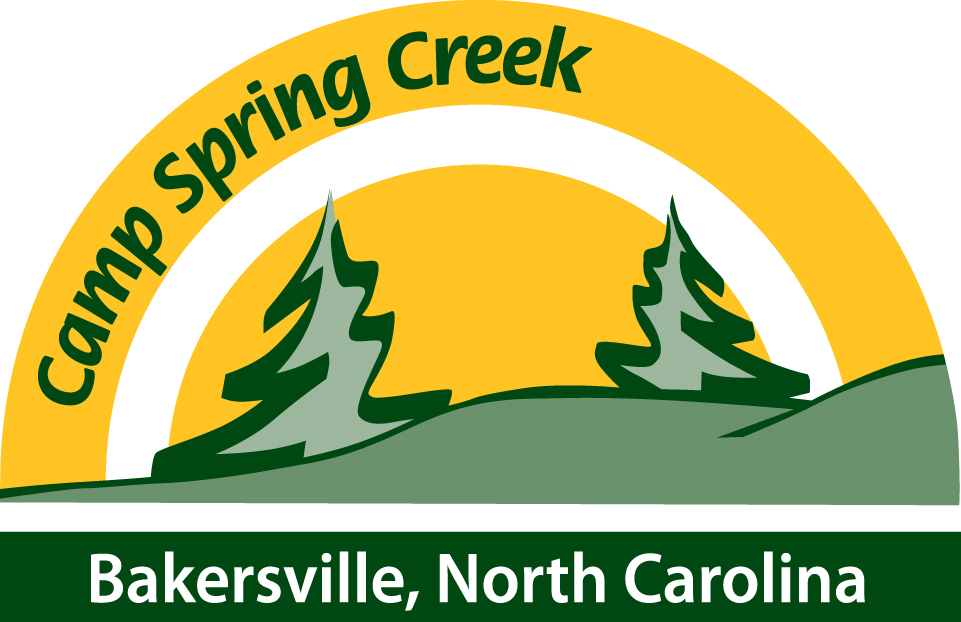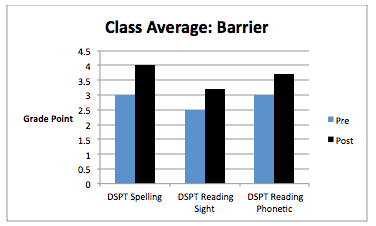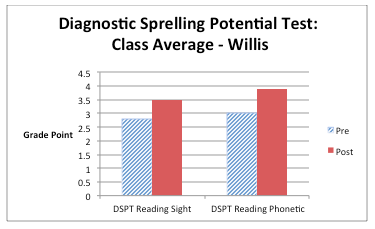 Today's post was originally published as a feature in our local newspaper.
Geraldine Ellis Retires, Reflects
Today's post was originally published as a feature in our local newspaper.
Geraldine Ellis Retires, Reflects
When Geraldine Ellis was passed the basketball during the final seconds of a game at Mitchell County’s then Bowman High School, she could fire off the winning shot. Not too many years later, when hired as an assistant for a local dentist’s office, she could remember patient names and faces with uncanny precision. Despite never earning her college degree, Ellis would go on to work in banking and customer relations for over twenty years, become Director of Mitchell County Chamber of Commerce, and eventually retire as Executive Director of United Way of Mitchell County in late 2013. But for all the things Ellis proved she could do, what she couldn’t do was easily spell or quickly comprehend large blocks of text.
“Connecting with people comes naturally to me…but if you hand me a folder and say, ‘There’s something interesting in here. Take a look at it and we’ll discuss it tomorrow,’ you can bet I’m not going to read it,” says Ellis, who was diagnosed with dyslexia in the early ‘70’s. Today, Ellis is speaking out in the community she dedicated her career to, with the hope that other children and adults who struggle with learning differences will have their needs met.
One in five children in the United States has dyslexia, along with more than 40 million adults, although very few are diagnosed during their education years, if ever. Parents and teachers are in the best position to notice early signs of dyslexia or other learning differences. In an atmosphere of support that is rich with resources and options, this potentially devastating setback can in fact be revealed as an exceptional gift.
Fourteen public school teachers in Yancey County and fifteen from Mitchell County have received Orton-Gillingham Associate Level certification. Five teachers from Mitchell have continued their training and mentorship, incorporating the strategies they have learned into their everyday teaching. Two feel so strongly about this training that they now present how to use these strategies in statewide teaching conferences sponsored by the Department of Public Instruction and Exceptional Children’s conference. This training and tutoring methodology uses a diagnostic and prescriptive, multi-sensory approach to teach the structure of language to children of all ages, abilities, and learning styles. “My great regret is that I did not go on to college,” says Ellis, who did not receive special assistance or tutoring of any kind during her education years. “I think the dyslexia held me back. I didn’t know my options at the time.” Although Orton-Gillingham, or OG as it is commonly called, provided successful remediation for children with dyslexia as early as the 1950s it is still a distant possibility in many education systems today.
“I remember one day working at the dentist’s office when my good friend Jane Brown brought her boys, Billy and Jerry, in for an appointment. She happened to be in the room when a supply salesman came in. The doctor told me to write a list down and place a supply order from that list. He said we needed ‘blue periphery wax,’” recalls Ellis. “I wrote ‘periphery’ and then I got stuck. I could not get the word ‘blue’ onto the page because of the ‘b.’ I asked, ‘What does blue start with?’ and they all looked at me. At that point, Jane asked me if I’d mind taking a few quick tests…come to find out, I had dyslexia.”
Dyslexia is a diagnosable learning difference under the umbrella of the Americans with Disabilities Act, guaranteeing equal access education through the public school system. “Dyslexia doesn’t necessarily mean you read backwards, as people often think,” says Susie van der Vorst, Co-Director of Camp Spring Creek and its Outreach Center and one of only 145 OG Fellows in the United States with almost 30 years experience.“People with dyslexia have difficulty processing language but they are often very gifted in analytical reasoning and creativity,” she explains, “which is why a high percentage of people with dyslexia become corporate CEO’s, engineers, artists, entrepreneurs, surgeons, and architects.”
Or community activists. Although Ellis is too humble to call herself as much, it’s difficult to take a look back at her career without noticing her gifted ability at viewing the big picture. While one common indicator of dyslexia is struggling with minute details or seemingly unconnected pieces of information, one strength of many dyslexics is their talent for thinking outside the box. When serving as Director of Mitchell County Chamber of Commerce, Ellis pinpointed a major local misconception that could potentially hinder growth and development. “It saddened me to hear local people—and I’m one of them—say, ‘Tourism doesn’t mean anything to us.’ In fact, the number of people our local craft artists attract is a huge part of Mitchell County tourism. We do have another industry besides mining and it’s been here all along, too. We can make both work for us and become aware of our unique offerings,” says Ellis.
Ellis applied this same creative thinking to get through challenging situations in school or, later in her professional life, business conferences and classes for professional development. “I’m a very visual person so I try to visualize success. It’s not helpful to look at some things as a negative; we need to look for the positive. I had to stop taking notes in class even though I was scolded for not paying attention. But I knew what I needed to do for myself in order to succeed and if I took notes, I got confused while trying to listen at the same time. I learned to rise above the confusion and I learned to worry about the resources that I had, instead of the ones I didn’t.” Furthermore, in her work for United Way, Ellis focused on “the big pool of people falling through the cracks.” She knew the support that local government and other organizations provided, but because of her longtime commitment to Mitchell County and her sense of vision, she also understood that huge numbers of people were being overlooked and were still in need. “At United Way the theme was ‘Taking care of our own,’ and I could really get behind that,” says Ellis.
Several months into retirement, Ellis says she is enjoying Bible Study and getting back to her walking routine. When asked what advice she has for those entering retirement themselves, she says, “Enjoy it!” When asked the key to a successful marriage, she advises: “The year that’s critical in your marriage is the year you’re in!” She and her husband, Kenneth, will celebrate 50 years of marriage this June.










